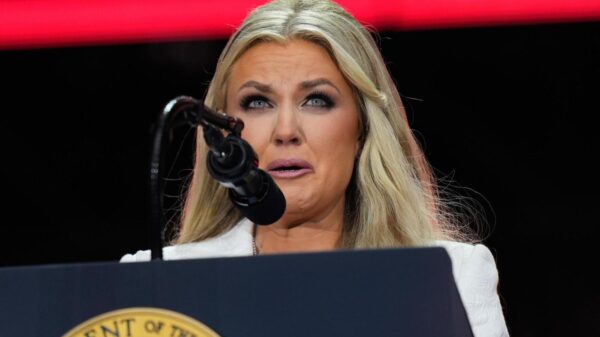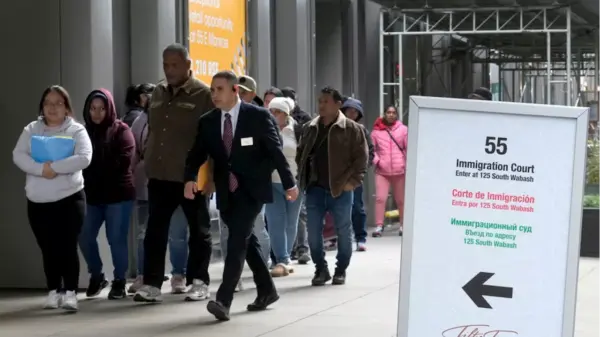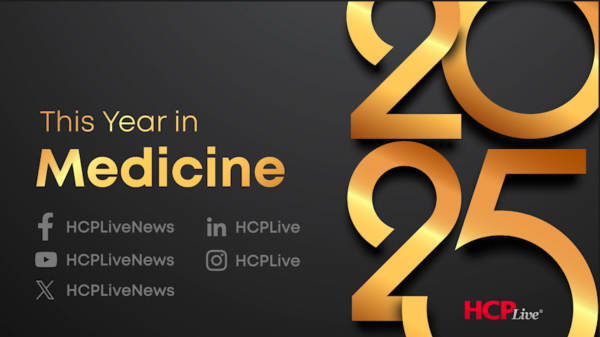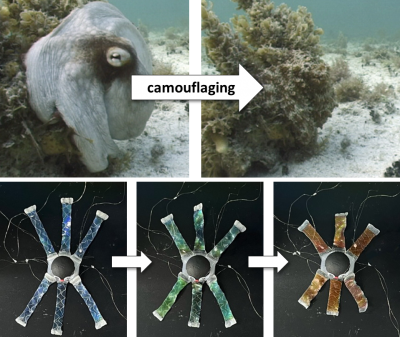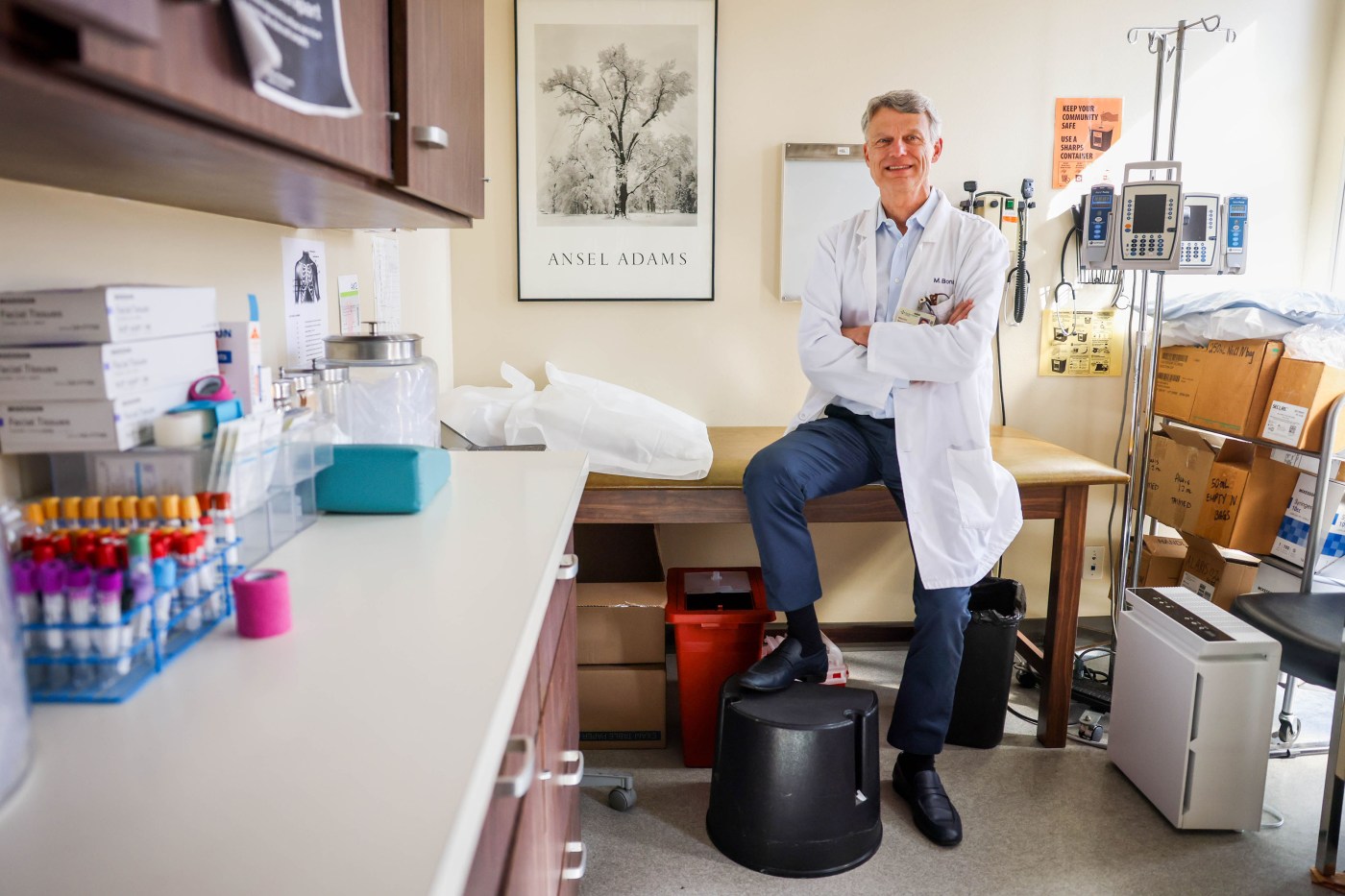Dr. Maurizio Bonacini, a liver specialist based in San Francisco, is leading efforts to find a cure for chronic hepatitis B, a significant global health challenge. This virus is not only a leading cause of liver cancer but also affects an estimated 2 million people in the United States alone. The World Health Organization reports that approximately one in three individuals globally has been infected with acute hepatitis B, with a stark 90 percent risk of developing chronic hepatitis B if contracted as an infant.
The consequences of untreated chronic hepatitis B are severe; the virus leads to liver cancer in about 25 percent of cases, resulting in a fatality rate of one in four. Despite the availability of vaccines and antiviral treatments, the virus continues to spread six decades after its discovery, underscoring the urgent need for a definitive cure.
Groundbreaking Clinical Trials
In pursuit of this goal, Dr. Bonacini is a key investigator in B-United, a clinical trial involving 300 participants across 80 sites in 18 countries. Sponsored by GlaxoSmithKline, this initiative aims to explore new treatment avenues for chronic hepatitis B. Dr. Bonacini leads one of the two study sites in California, with the other located in San Jose and directed by Dr. Huy A. Nguyen.
The San Francisco site made history as the first to administer a potential cure for chronic hepatitis B. Until a definitive cure is found, patients must rely on lifelong antiviral medications to keep the virus at bay. These treatments effectively halt the replication of hepatitis B DNA, significantly reducing the risk of liver cancer and other complications. However, they come with side effects, including fatigue, nausea, and the risk of developing drug resistance.
Dr. Bonacini likens the current state of treatment to the Olympic Games, stating, “What we have now is the bronze medal.” His ambition is to achieve a “gold” standard—a complete eradication of the virus, although he considers a “functional cure,” which reduces cancer risk by 80 percent, to be a significant step forward.
Challenges in Prevention and Diagnosis
Currently, Dr. Bonacini is monitoring 10 participants from the Bay Area while overseeing 200 other patients who did not qualify for the trial. Participants in the study receive monthly injections of an investigational drug designed to slow the production of surface antigens associated with the infection. If these antigens remain absent after 24 weeks, treatment ceases, although patients will continue to be monitored closely.
The U.S. Food and Drug Administration may consider approving these injections for market use as early as late 2027. In the meantime, Dr. Bonacini is advocating for improved prevention and diagnosis of hepatitis B. Earlier this year, he urged over 60 primary care physicians in California to incorporate state-mandated screening for hepatitis B into their electronic health records. However, he faced resistance due to concerns about the additional burden on their practices.
“The consensus seemed to be that implementing this would be very burdensome,” he noted. Some physicians also expressed reluctance to subject patients to another test, despite the theoretical insurance coverage for such screenings in California.
Dr. Bonacini highlighted a critical gap in U.S. law, which mandates proof of vaccination for immigrants but does not require hepatitis B screenings, calling it “a big mistake.” He pointed out that vaccinations are ineffective for those already infected, leading to situations where individuals may remain unaware of their condition, as was the case for one of his patients.
This patient, a man in his 40s from San Francisco, immigrated to the U.S. from Southeast Asia at the age of nine. He received a hepatitis B vaccination as a student but later discovered he had contracted the virus prior to vaccination. After joining the trial, his hepatitis B DNA levels became undetectable within months, and he is now essentially non-contagious. He wishes that more people spoke openly about hepatitis B, a sentiment he carries as he navigates the health challenges associated with the disease.
Despite the burden of regular medical expenses, which can amount to $700 every six months for blood work and imaging, he remains committed to participating in any clinical trial that could lead to a cure. “I will participate in any clinical trial just to find a cure,” he stated.
Dr. Bonacini believes that with improved prevention strategies, future generations could see significantly reduced rates of hepatitis B infections. However, he emphasizes that a cure remains essential, as it is impossible to vaccinate every individual globally. He collaborates with esteemed virologists and clinicians in regions such as Tanzania and Hong Kong, where the disease prevalence can reach as high as 7 percent.
Research increasingly suggests that a cure may soon be within reach. “We just have to find the right drugs,” he concluded, highlighting the ongoing hope in the scientific community for a breakthrough in the fight against hepatitis B.









